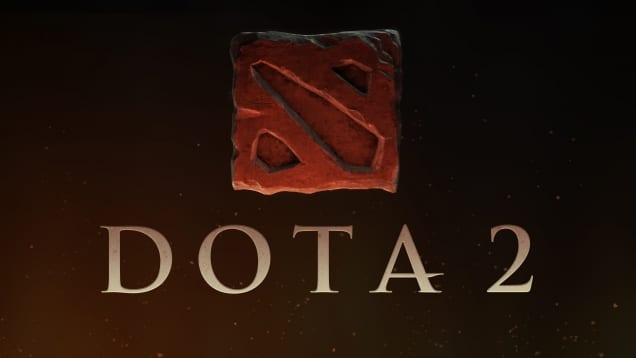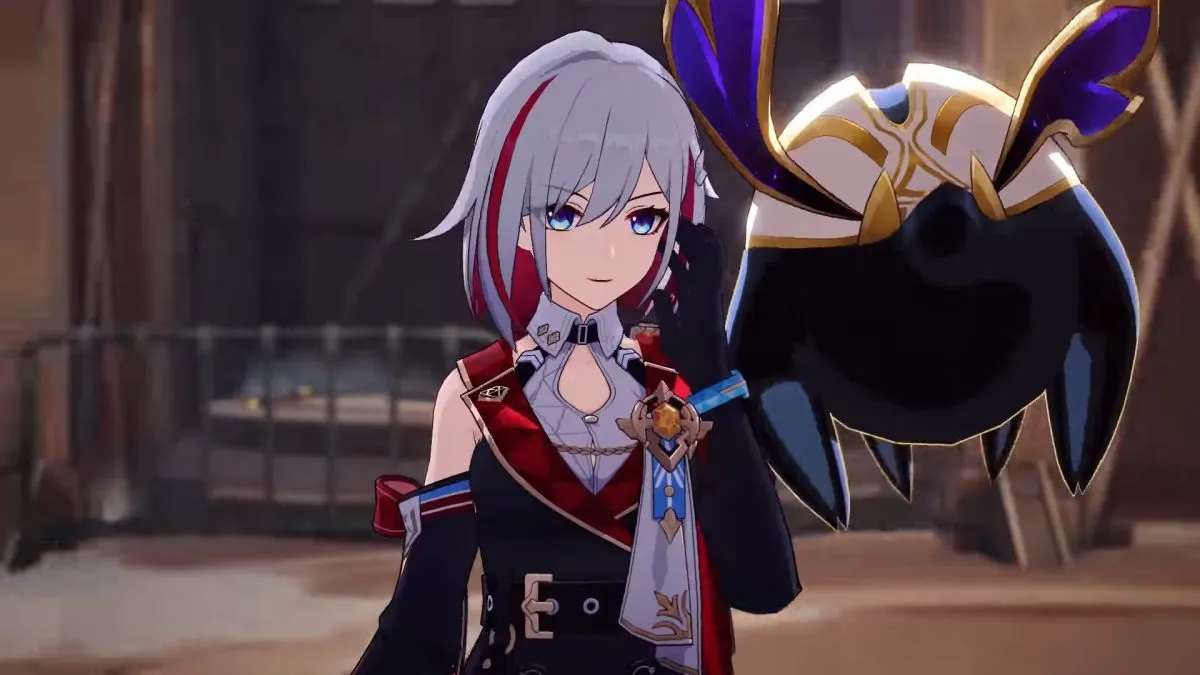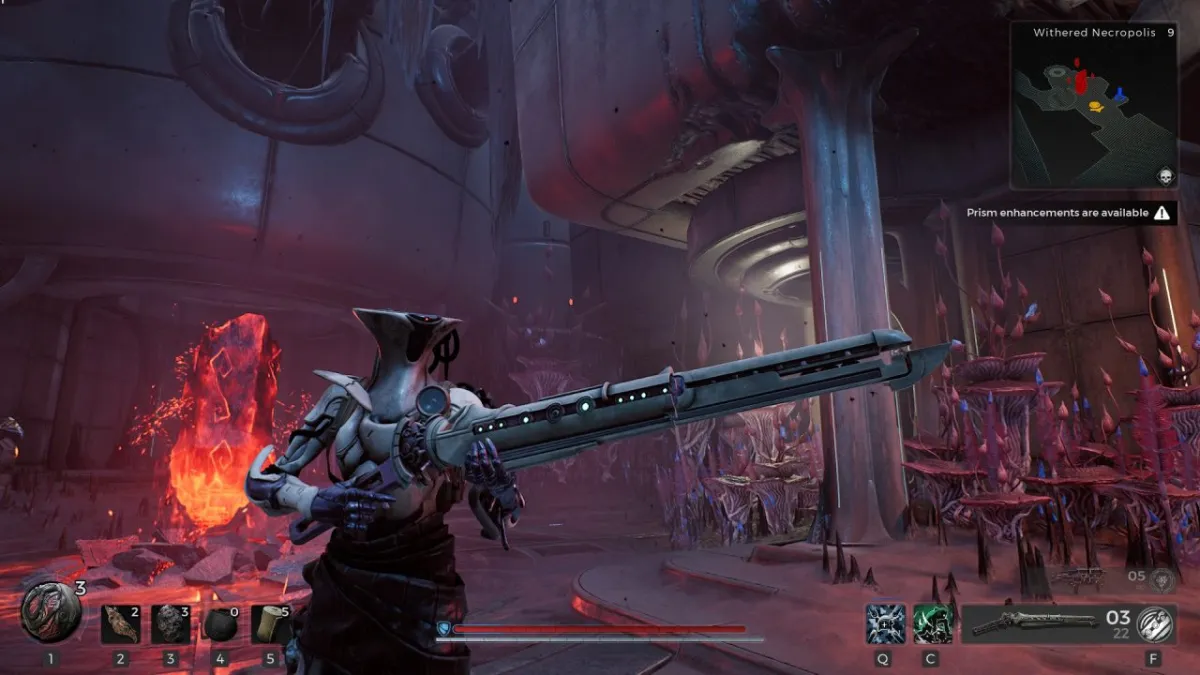Whew. A lot’s happened since last week’s Beginner Guide (in which I went over the absolute basics of Dota 2). For starters, the IncGamers Dota 2 guild has started up, and I’ve spent a fair bit of time playing with our members – who are hopefully also playing amongst themselves a fair bit, too. Sadly, a few of our members are far, far better than me, which somewhat makes me question the wisdom of writing this guide in the first place. I mean, one kind soul gave me a crash course in Bristleback earlier this week.
Which is a very long-winded way of saying “I’m suddenly less confident about both my skills and this guide” and “you should join the guild because we’ve got some really great people in there.” Whether you’re new or old, based in America or Australia – we’ve got a place for you as long as you’re not a cock.
Anyway! Last time, we talked about the absolute basics so that those who hadn’t even touched the tutorials could get up to speed on how Dota 2 works. This time, we’re going to talk about which heroes are right for you.
Unfortunately, before we get to the fun stuff (i.e. me slagging off the heroes) we need to explain a few things – namely, what the hell the basic types of hero are.
Dota 2 divides up heroes in terms of whether their primary stat (the one that give them extra damage) is Strength, Agility, or Intelligence, as well as classifying them by giving them star ratings across a dizzying array of types. This hero might be a 2-star nuker, a 1-star disabler, a 1-star escapist, and a 1-star initiator… but, while giving you a rough idea of the hero’s capabilities, it’s not a particularly helpful way of describing heroes early on, particularly if that description made you go cross-eyed.
Instead, I’m going to divide them up into a four different categories, some of which will cross over. As with literally everything else in Dota 2 there’s a lot more to it than this, but this is a pretty simple way of giving you a general gist.
There’s the Carry, which is a hero that will “carry” your team to victory if they manage to get lots and lots of gold. Carries tend to be weak in the early game, but – if they can get plenty of last hits, kill a few enemy players, and maybe down a few creeps in the jungle – they can absolutely dominate the later stages.
The carry will tend to go to a lane with a Support. Support is a fairly nebulous way of describing a hero because this lot have all sorts of wildly varying abilities – healing, silencing, slowing, stunning – but it tends to mean a hero that doesn’t actually require much gold to be useful, and they generally have more functionality than they do damage. Support can sit in lane, keeping the carry safe and harassing the enemy, while said carry focuses on last-hitting all the creeps and hoovering up as much gold as possible. Most supports won’t get many kills, but – unless they’re a powerful disabler and are picked on first in any given fight – they’ll likely have a huge amount of assists by the end of the game.
Tanks – who often, but not always, double as carries – are the hard bastards that wade into battle and soak up huge amounts of damage. They’re usually decent at starting a teamfight and convincing the enemy to use all of their abilities at the start of the fight, so that squishier (but more damaging) allies can safely engage.
Finally, there are Nukers. These are the guys and girls (and horrifying freaks from dimensions of agony) with the firepower; they’re the ones who push out insane amount of damage either in one sudden, hero-assassinating burst, or as sustained attacks over the course of a battle. Some work best wandering the map from about 10-15 minutes in, picking off lone enemy heroes. Others are carries. Others rule the early game. Some lucky few can be effective at all stages.
Also, two bits of general advice. First: in a match, look at the top left of the screen. Do you see the little button that looks like an open book? This is the Guides button; if you click that and then the little arrow that expands the window out, you can select a player-created guide. Good ones will give you a rough overview of how to play the hero, which items to get, the order in which to level up your powers, and when (and how) to use them. I don’t think I’ve ever seen one I’ve followed completely – I normally make my own tweaks and adjustments – but they’re a decent guide to how to build and play any given hero that you haven’t touched before.
Secondly: do not take a hero online until you’ve tried it in at least one botmatch – preferably two. Playing against the AI might be less interesting, but it’s a completely safe way to figure out how a hero works and whether or not you like them, and this is very important.
Okay. Now for the fun stuff. What do you want to play?
Hello, Professor Tim!
oh no it’s you again
I know you don’t mean that. I’d like an overview of the sort of heroes beginners might have fun trying out, so how about I give you a description of how I want to play, and you give me an idea of which hero I should try out?
Alright, fine. That can’t go too horribly wrong.
It seems like wading into the thick of combat as a beginner might not be the wisest choice, so what would you suggest if I said I wanted to play someone that could sit at long range and dish out damage from there?
Two heroes immediately come to mind. The first is Sniper, who – as the name implies – is very good at sitting at long range and dishing out damage. In fact, once he’s levelled up a bit, he’s basically the only hero that can hit towers from outside of their firing range. Better still, Dota 2‘s tutorial forces you to play a few missions as him, so most beginners should have an idea of how he works from the very start.
That said… well, Sniper’s very, very squishy and easy to kill, and it takes him a little while to really become at all useful. You can certainly consider him, but I favour the second option.
The second option is Drow Ranger, who was – entirely coincidentally – the first hero I really learned how to play, and the first hero I took into an online match. No bias here! Oh fine, I’m biased. I hate Sniper. I hate his smug little face, I hate his smug little voice, I hate the things he says, I hate the fact that he was my much-loathed nemesis when I first started playing the game. I hate Sniper.
Anyway: Drow’s easy to play for a few reasons. Her primary damage is right-click (that is to say, her basic auto-attack rather than abilities you have to activate) and two of her abilities are passive anyway (that is to say, they’re always active). One gives her a massive boost to agility, which translates directly to a massive boost to her damage, and the other gives bonus damage to every other ranged attacker on her team.
Her other two abilities are Frost Arrows and Silence. Silence is a superb ability – you cast it and, for a few seconds, heroes within its area of effect can’t use any abilities. Which is great, obviously. Frost Arrows, on the other hand, is an autocast ability (one that will automatically be used, if turned on) which makes your auto-attack slow the people it hits at the cost of your mana.
All of which makes Drow superb at killing single targets, or dishing out huge amounts of damage in a teamfight. She can silence a foe to keep herself safe, then turn on Frost Arrows and completely prevent her target from escaping while she whittles it down.
As a helpful tip, do not use Frost Arrows on creeps because it’s a waste of mana. You can easily toggle the ability’s autocast by holding down Alt when you press its key (so by default, Alt-Q); get used to turning it on and off rapidly when you’re switching between fighting creeps and fighting heroes.
Both her and Sniper are carries, but Drow’s a lot more effective in the early game.
I’ve changed my mind.
I thought you might.
Well, both of your suggestions there were carries. I’m not ready for that level of responsibility. Instead, I just want to help out my team, and I don’t even care if I’m dishing out damage or not!
Sounds like you’re in the market for a good support, this time. There’s a school of thought that most new players should play support in their first few online matches, and it’s one I’m not going to argue with (although mine was as Drow, as I said).
There are a lot of supports that are fairly easy and enjoyable to play, and there’s a whole article I could write on how to play support and what your responsibilities are, but at least some of that will have to wait for another week. I really have no idea which to suggest.
Oh, just pick one.
Tell you what – I’ll pick two. First up is Dazzle. Dazzle’s not the easiest hero to play, but even a bad Dazzle can be helpful to his team, and a Dazzle in the hands of a good player will irritate the shit out of the other team. This is because of his abilities.
He’s got one attack ability that poisons and slows (and stuns at higher levels) which is great for dealing with enemies that are running away on the verge of death. His ultimate increases allied armour and decreases enemy armour, which is also pretty great late game when armour matters a hell of a lot.
But the two abilities that will massively annoy the other team are Shadow Wave and Shallow Grave. Shadow Wave is a chain healing spell – you cast it, and a bolt of purple light arcs to a bunch of targets in range, healing them all. What makes this a pain in the arse is that it also damages enemies; anyone next to someone healed with Shadow Wave will take damage equal to that heal. If an enemy hero is beating up your lane partner, you can fire off a Shadow Wave to heal your ally and hurt your opponent at the same time.
Then there’s Shallow Grave which, if abilities were named after the things the other team says when they’re used, would probably be called “Fucking Dazzle.” This creates a protective shield around one ally which prevents them from dropping below 1hp for the duration. In short: while Shallow Grave is up, one of your allies cannot die. Stick this on a Lycanthrope in the middle of a battle, or a raging Ursa, and they’ve suddenly got 5 seconds of immortality with which they can wreck the shit out of the other team. Alternatively, pop it on someone who’s desperately low on health and give them a chance to escape.
The difficulty with Dazzle is that Shallow Grave has a long cooldown, and prioritising who to save isn’t necessarily easy. If you’re in the middle of a teamfight and the squishy Crystal Maiden is being picked on, is it worth using what might be the only Shallow Grave you can cast this fight to save her? Or is it better to let her die, and to use it on one of your heavy hitters when the enemy turns their attention elsewhere? Decisions.
That sounds a bit tricky.
Well, some would say Dazzle’s a poor choice for a newbie compared to other supports because of the hard decisions he has to make, but the advantage is that he’s rather easy to understand and direct healing is always useful.
Alright. So who’s the other support?
That would be Lich, who doesn’t possess any healing but is also very good at annoying enemies. His only boring ability is Ice Armor, which can be cast on allies so that anyone attacking them is slowed. Happily, you can set this to autocast and then forget about it, which isn’t a bad idea when you’re learning how to use him.
So, his other powers. Frost Blast is a single-target attack that does some damage, and slows the movement and attack speed of the target. It also damages and slows anyone around the target, but to a lesser extent. This is boosted up a bit by the ability Sacrifice, which lets Lich “eat” a friendly creep, turning its health into his mana and preventing the enemy from getting experience for that creep. In short: Lich can stop the enemy from getting xp and gold while fueling his own Frost Blasts. He’s kind of a dick.
His crowning glory, though, is his ultimate: Chain Frost. This is one of the most devastating ultimates in the game.
Here’s how it works: you fire it at a target, and a little ball of blue frost slowly arcs towards them. It hits them really hard, stuns them for a moment, and then bounces off to a nearby target. It hits the new target really hard, then bounces off to a nearby target. Repeat the bouncing and hitting really hard until there’s no-one in range or the spell has bounced 10 times.
If you fire it at a single target then you’ve basically wasted it, but you’re still talking a hefty chunk of damage to them. If you fire it at a group of enemies heroes that are tightly packed together – trapped by Enigma, or Dark Seer, or Faceless Void, or anyone else who can control positioning – then it’s just going to wreck the whole lot of them. Casting Chain Frost causes panic in the enemy team, who will normally try to scramble away from each other… but if two unlucky teammates go the same way, they’re going to get the spell bounced between them until someone dies, and this also splits people up enough that counterattacks are a lot easier.
That seems a bit broken.
Just about everyone in Dota 2 is broken in one way or another. Have I talked about the complete bullshit Faceless Void pulls out?
No…
I’ll save that for another time. Are you done?
Read the next part here.







Published: Aug 3, 2013 07:10 pm